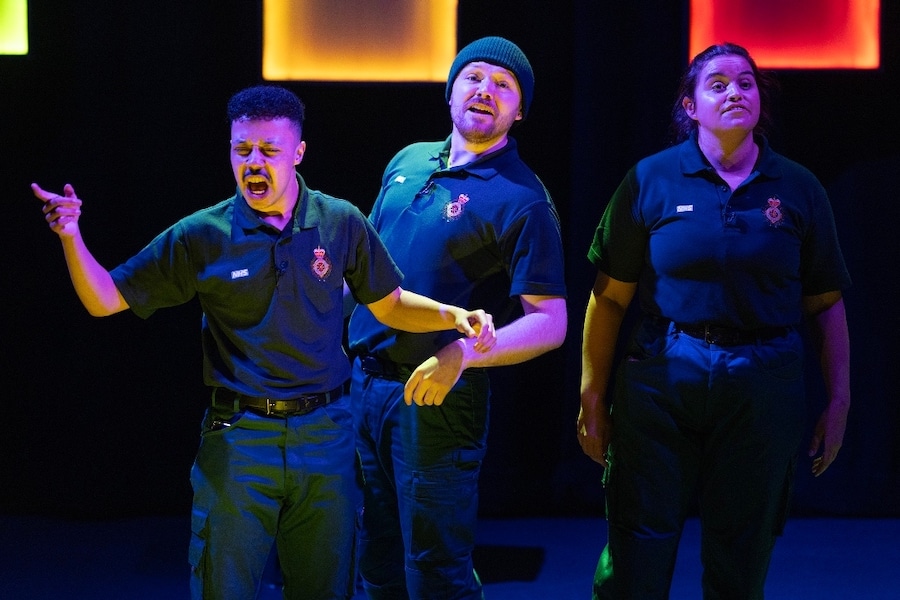Hydration, motivation, and celebration: how to get ready for the Great Manchester Run
- Written by Thom Bamford
- Last updated 22 seconds ago
- City of Manchester, Featured, Sponsored
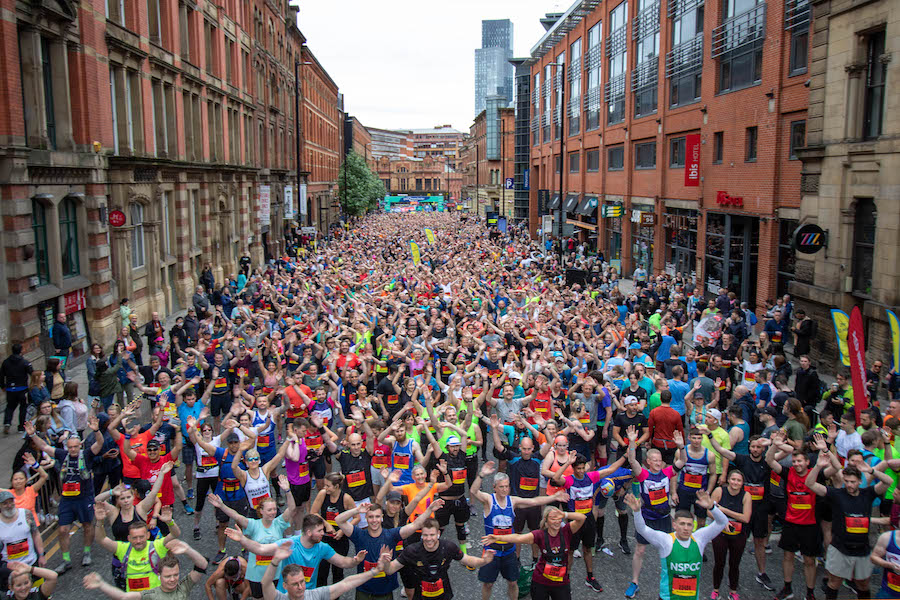
The Great Manchester Run is easily one of the best events on the social calendar, celebrating everything that makes this city so wonderful.
The atmosphere is electric, the streets buzz with energy, and for one incredible day, thousands of runners and supporters come together in a show of determination, unity, and pure exhilaration.
This is Manchester at its very best—music blasting, crowds roaring, and every step taking you closer to that unbeatable finish-line feeling. Not to mention the thousands of pounds people raise for great causes all around the city and beyond.
But let’s be real—crossing that finish line isn’t just about showing up on the day. Whether you’re taking on the 10K or the half marathon, getting race-ready takes smart training, dedication, and a plan that works for you.
That’s where we come in!
Here’s everything you need to know to train like a pro, stay motivated, and make the most of every moment leading up to the big day.
Great Manchester Run Training Plan

Thinking of winging it? Not an option. To build endurance and confidence, you’ll need to run at least three times a week, gradually increasing your distance (but no more than 10% at a time—your legs will thank you). Incorporate high-intensity interval training (HIIT) sessions, dedicate time to long runs, and—most importantly—allow yourself rest days.
A well-structured plan is your best friend. If you need a hand putting one together, download a tailored training plan here.
Invest in the right kit
You don’t need the most expensive gear, but having the right kit can make a huge difference. Breathable, lightweight clothing will keep you comfortable and prevent chafing. But the real game-changer? Your trainers. Make sure they fit well—your toes need a thumb’s width of space at the front to avoid blisters and discomfort on longer runs.
Hydration: the secret to success
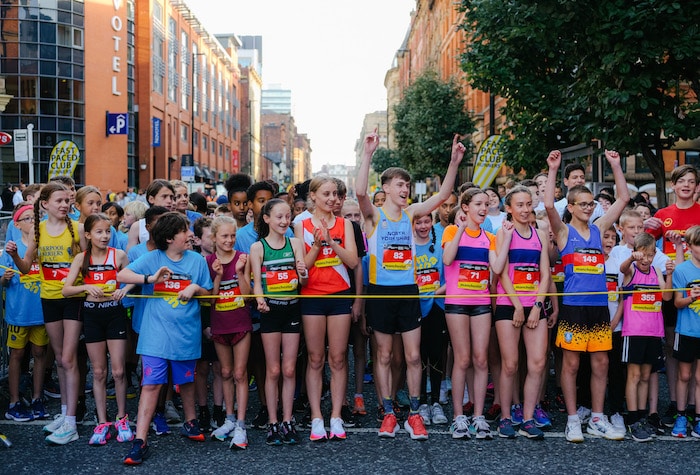
You might not think about hydration until you’re gasping for water mid-run, but staying hydrated before and after training is crucial.
Proper hydration prevents cramps, fatigue, and dizziness. A simple trick? Check the colour of your urine—it should be clear or light coloured. That’s when you know you’re on track!
How to make running interesting
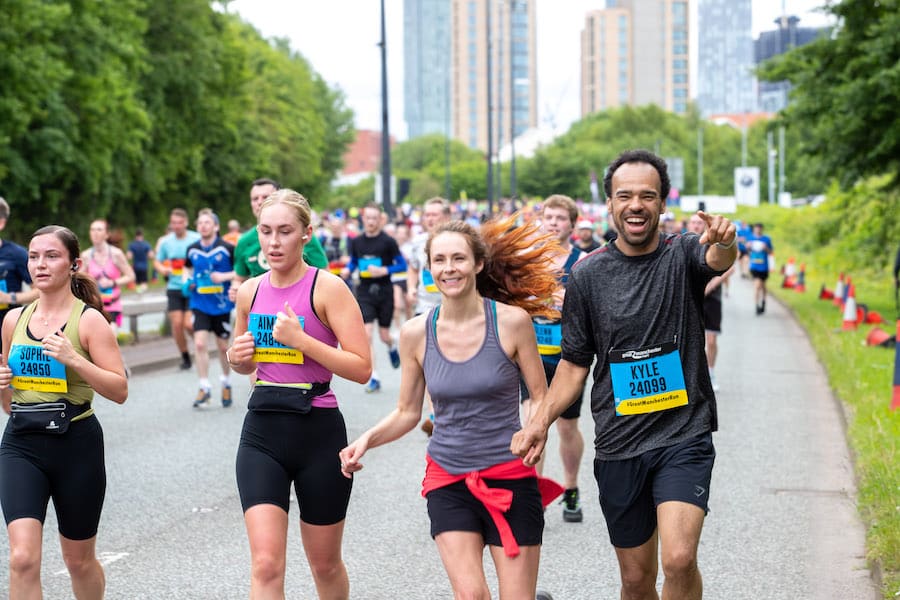
Running the same route at the same pace every time is a surefire way to get bored. To keep things fresh and prepare your body for race day, mix up your training:
Include short, fast-paced sprints alongside steady long-distance runs.
Try different terrains—hills, trails, and pavement will challenge your body in new ways.
Switch up your routine—run solo one day, grab a friend the next, or plug into an upbeat playlist or an engaging podcast.
Never skip the warm-up!
We get it—when it’s cold or you’re short on time, warming up feels like a hassle. But skipping it is a shortcut to injury. Spend 5-10 minutes doing dynamic stretches like high knees, lunges, and leg swings before every run. Your muscles will thank you later!
Olympian Wisdom: Eilish McColgan’s Top Training Tips
Who better to get advice from than Olympian and Commonwealth Games champion Eilish McColgan? Here’s what she has to say:
“Everyone has to start somewhere. Don’t put unnecessary pressure on yourself with big, outlandish goals. Be realistic with what you can fit in around work/life commitments. If you only have 30 minutes of free time each day, then let’s make that 30 minutes count.”
“Find a couple of slots in the week that work for you and block out your training time. If you have a shared work or family diary, add the time in so people know you won’t be available. Life might get in the way, but even setting the intention will make it a lot easier to stick to a plan.”
“Keeping consistent means looking after your body. When it comes to stretching or foam rolling – aim for little and often. Targeting a big hour-long session isn’t realistic for most individuals, but getting in 10-15 minutes each day feels much more manageable. Keeping your muscles flexible and loose will reduce your chance of picking up any niggles; allowing you to be far more consistent in your training.”
“Taking time off from training is just as important as training itself. Be kind to yourself and ensure you have enough recovery days and time off through the week. The body needs to recover in order to adapt and push on. Have a bath. Read a book. Do whatever you need to do to switch off.”
“Getting enough sleep is the most basic of tips but it’s the cheapest recovery tool you can get – it’s free! If it means you have to forgo another Netflix episode for that extra hour’s kip – do it. Your mind and body will thank you for it in the morning. A tired runner is a runner who will end up losing interest or, even worse, be struck down with an injury or illness.”
Enjoy the ride!
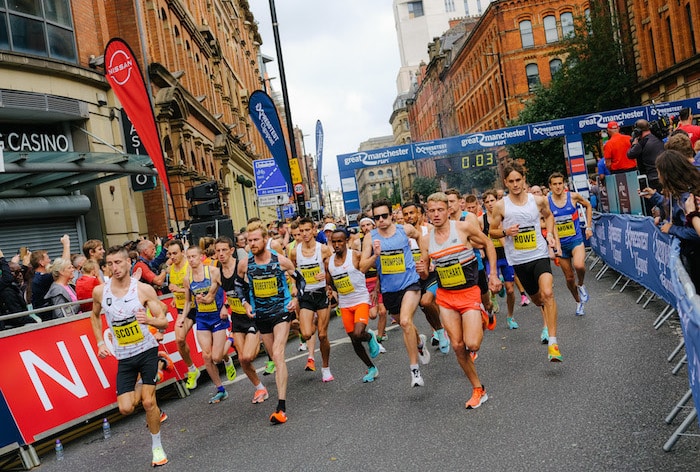
Training for the Great Manchester Run is a challenge, but it’s also an opportunity to push yourself, build confidence, and have fun along the way. Celebrate small wins, listen to your body, and don’t stress if you miss a session or two.
You’re on your way to something amazing—embrace the journey and enjoy every step. See you at the finish line!
You can find out more about the Great Manchester Run by clicking here
- This article was last updated 22 seconds ago.
- It was first published on 17 February 2025 and is subject to be updated from time to time. Please refresh or return to see the latest version.
Did we miss something? Let us know: [email protected]
Want to be the first to receive all the latest news stories, what’s on and events from the heart of Manchester? Sign up here.
Manchester is a successful city, but many people suffer. I Love Manchester helps raise awareness and funds to help improve the lives and prospects of people across Greater Manchester – and we can’t do it without your help. So please support us with what you can so we can continue to spread the love. Thank you in advance!
An email you’ll love. Subscribe to our newsletter to get the latest news stories delivered direct to your inbox.
Got a story worth sharing?
What’s the story? We are all ears when it comes to positive news and inspiring stories. You can send story ideas to [email protected]
While we can’t guarantee to publish everything, we will always consider any enquiry or idea that promotes:
- Independent new openings
- Human interest
- Not-for-profit organisations
- Community Interest Companies (CiCs) and projects
- Charities and charitable initiatives
- Affordability and offers saving people over 20%
For anything else, don’t hesitate to get in touch with us about advertorials (from £350+VAT) and advertising opportunities: [email protected]

The incredible story of a Manchester nurse turned international spy

Piccadilly’s forgotten railway arches in line for £1.7 billion renovation

“There is a great buzz around the city, we love it” Snooker legend chats ahead of Tour Championship’s return









